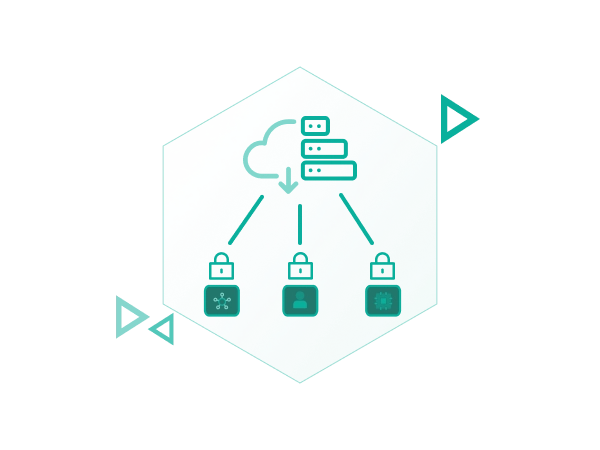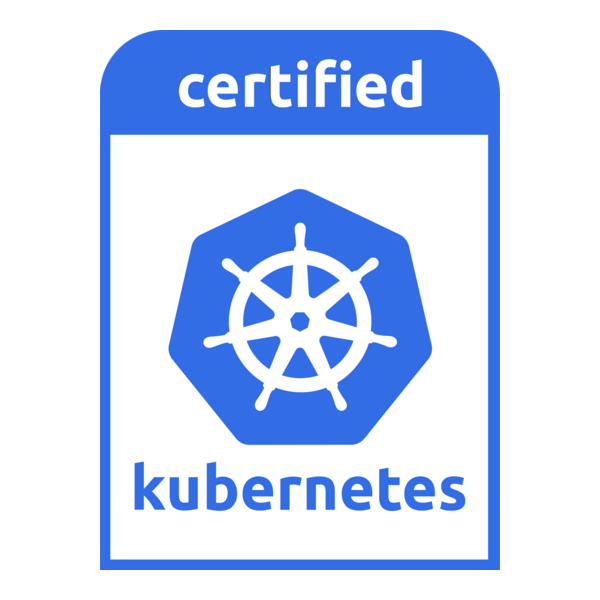Are Your Environments
Up To Spec?
Centrally enforce the latest addons, policies and cost controls across all clusters and landing zones.

What is the Standardization Suite?
Increasing cloud complexity and expensive, bespoke tooling are increasing operational and business risk.
Rafay’s product suite for Standardization enables platform teams to standardize every aspect of a cloud environment’s configuration – cluster & environment configs, resource allocation, approved addons, access controls, security policies, and much more – in one central place … and then automate the prevention of configuration drift, and ongoing management of those configurations, to keep these environments within spec so developers don’t have to.
Standardize clusters, namespaces, and landing zones to deploy them in minutes
Rafay streamlines the curation of standardized Kubernetes resources and cloud environments for developers, made accessible through interfaces such as Backstage or SNOW. Developers get rapid access to the compute they need, and selective control over configurations.


Ensure security and isolation between cluster tenants
Rafay enables multi-tenancy for cost reduction and operational efficiency by integrating RBAC, preventing noisy neighbors, and reducing security and performance risks via network isolation policies. Internal customers can safely share infrastructure across multiple clusters and environments.
Unify visibility across every cloud account
Rafay provides visibility across cloud accounts, including active environments, duration of activity, user attribution, and compliance status. Platform teams get necessary information to make informed decisions and maintain operational efficiency.


Manage add-ons through a central catalog, and put compliance on autopilot
Rafay provides an add-on catalog, and centrally manages add-on and policy lifecycle across all clusters. Platform teams can create approved configs and software bill of materials (SBOMs) at will, maintaining compliance across the org and addressing issues in minutes.
Centralize access controls, policies, and audit logs to protect critical cloud infrastructure
Rafay enables zero trust cluster access, centralized OPA gatekeeper and network policy management, and aggregated audit logging. Integrated role-based access control tied to corporate identity providers ensures duty separation and bolsters security.

What do platform teams get with the Standardization Suite?
By centralizing, standardizing, and automating cloud infrastructure configurations across all public, private/datacenter, or edge deployments, Rafay enables platform engineering teams to provide cloud environments and Kubernetes infrastructure immediately, as a service to developers, ops, and SRE teams – within golden paths they define.
Accelerate Cloud Migration
Get an accurate picture of your cloud spend in real-time so that you can grow your Kubernetes footprint with confidence
Increase Cloud Reliability
Reduce wasted cloud spend by centralizing visibility for every cluster across multiple cloud accounts and vendors
Accelerate Cloud Migration
Optimize your cloud budget by appropriately billing internal teams based on their resource consumption of a shared cluster
Turnkey Lifecycle Management and Workflow Automation of Kubernetes, Everywhere
Rafay’s Public Cloud and Private Cloud suites streamline lifecycle operations across cluster fleets, like in-place upgrades, scaling and policy updates, with automated workflows, saving time and effort. With blueprints, integrated validation, and zero-trust debugging, specialist knowledge isn’t needed for common operations across clouds.
10 Multi-Tenancy Best Practices for Namespaces as a Service (NaaS)
he white paper guides organizations in leveraging Kubernetes effectively for improved resource utilization and cost efficiency.

Try the Rafay Platform for Free
See for yourself how to turn static compute into self-service engines. Deploy AI and cloud-native applications faster, reduce security & operational risk, and control the total cost of Kubernetes operations by trying the Rafay Platform!









.webp)